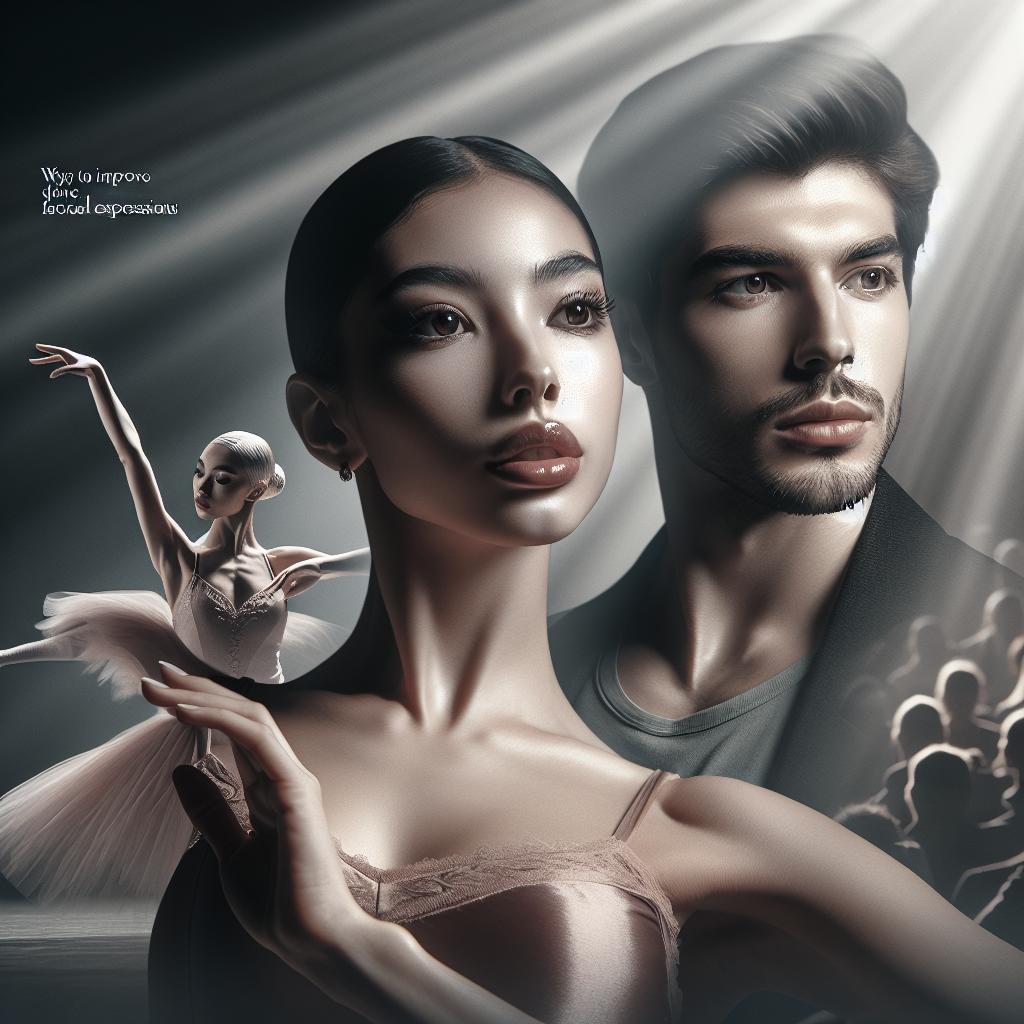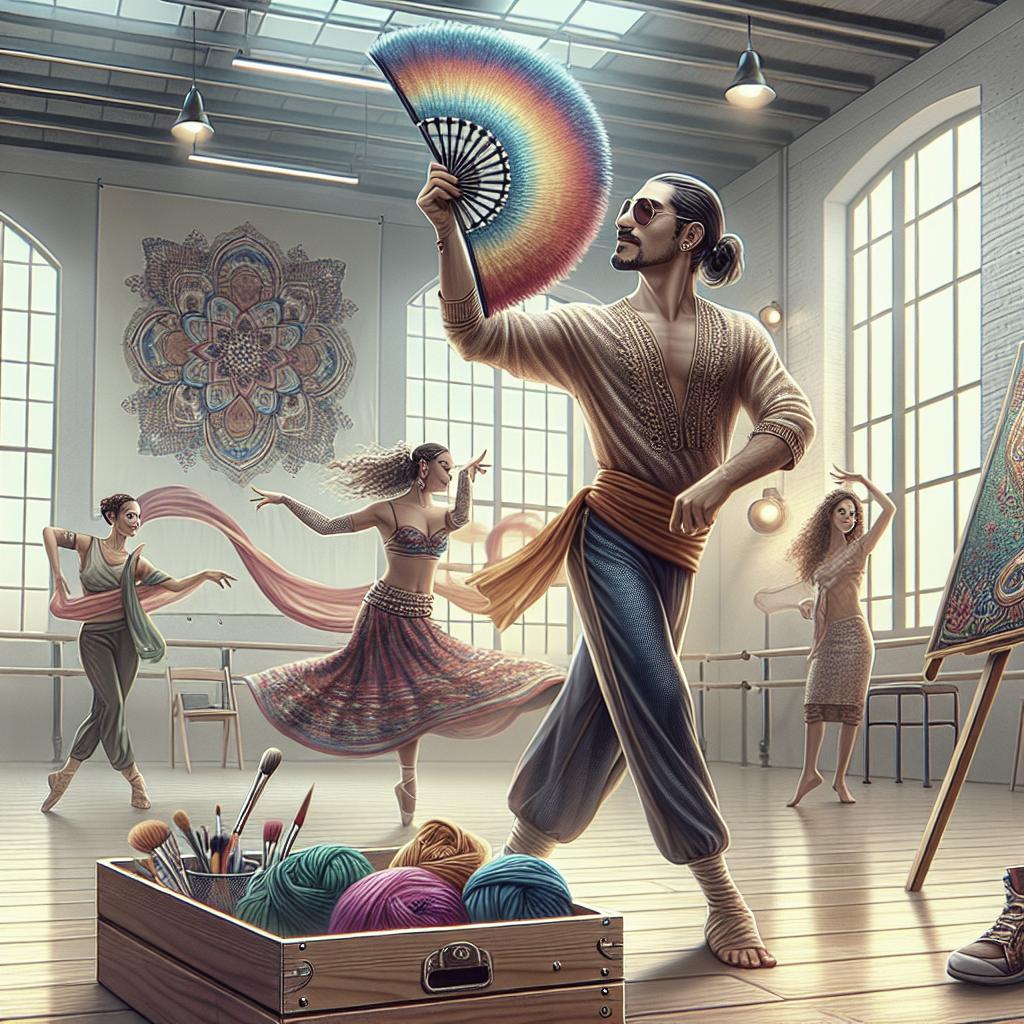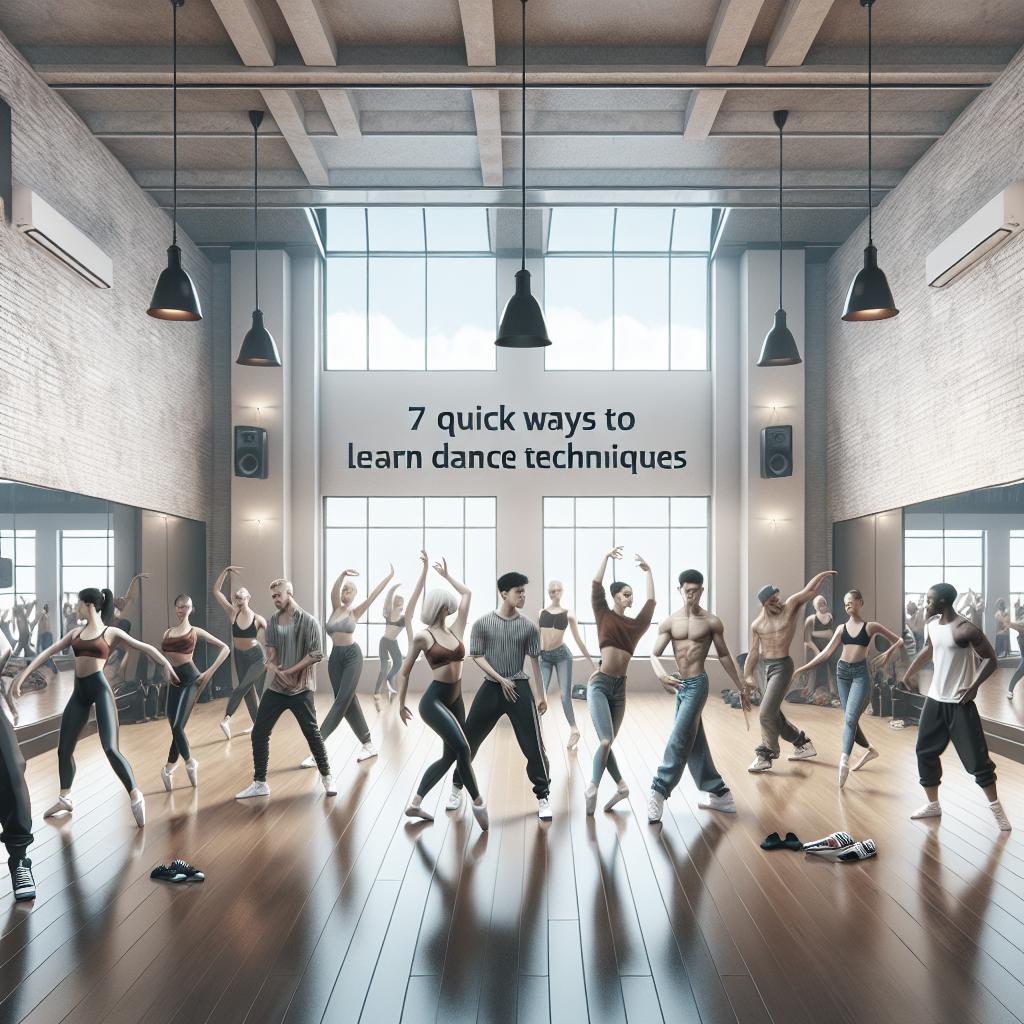Ways to Improve Dance Facial Expressions
Introduction
Dance is not just about perfectly executed pirouettes or seamless footwork; it’s also about conveying a story, emotion, and character through every movement, including facial expressions. Many dancers, especially those prioritizing technical mastery, tend to overlook the significance of facial expressions in their performances. Integrating facial expressions into your dance routine can profoundly impact the audience and the authenticity of your performance. In this blog post, we will delve into the importance of facial expressions in dance, explore techniques to enhance these expressions, and address the role of social media in shaping dancers’ approaches to this crucial aspect. Whether you’re a budding dancer or a seasoned performer, this guide can elevate your expressive potential on stage.
The Role of Facial Expressions in Dance
Facial expressions in dance are a powerful tool for storytelling. By incorporating them, dancers can express a wide range of emotions, from joy and excitement to sorrow and contemplation. These expressions help bring a performance to life, allowing the audience to connect more deeply with the narrative and the dancer’s character. In genres such as contemporary and ballet, where emotional depth is often central, how a dancer uses their face can distinguish a good performance from a truly memorable one.
Additionally, facial expressions complement the physical movements of dance. Just as a well-timed leap or twirl can captivate an audience, a sincere smile or look of determination can enhance the potency of those moves. Whether it’s highlighting a moment of tension or relief, synchronizing facial expressions with body movements ensures that the dancer communicates a coherent, evocative message. This alignment between face and body can significantly elevate the artistic quality of a performance.
Techniques to Enhance Dance Facial Expressions
Improving one’s facial expressions in dance begins with awareness. Dancers should practice in front of a mirror or videotape themselves during rehearsals to observe how their facial expressions align with their movements. This practice helps identify any mechanical or forced expressions and find opportunities for more authentic emotional display. Consider experimenting with your facial expressions while dancing to different types of music or themes to better understand how emotions can naturally vary with context.
Another vital technique is to internalize the story or emotion of a dance piece before learning the choreography. By understanding the narrative, a dancer can draw upon personal experiences or imaginative empathy to evoke genuine feelings in their expressions. Acting classes or workshops, even those not specifically designed for dancers, can also be beneficial. They offer invaluable skills in projecting emotions and adapting facial expressions to different performing scenarios.
The Pros and Cons of Social Media for Dancers
Social media has become an influential force in the dance community, offering unprecedented opportunities for dancers to showcase their talents to a global audience. Platforms like Instagram and TikTok allow dancers to experiment with creative content, making dance more accessible and encouraging self-expression. This visibility can motivate dancers to integrate facial expressions into their routines, knowing their performances will be viewed and critiqued by a vast audience.
However, the influence of social media also comes with its challenges. The pressure to constantly perform can lead to focusing more on creating content that’s visually appealing rather than emotionally authentic. Dancers might find themselves prioritizing viral trends over developing the depth of their expressions. This superficial focus can detract from the true artistry of dance, making it essential for dancers to maintain a balance between online presence and genuine expression.
Social media can also be a double-edged sword in terms of criticism. While constructive feedback can aid improvement, negative criticism, especially about personal aspects like facial expressions, can affect a dancer’s confidence. Dancers need to develop resilience and remain committed to their growth, recognizing that social media is just one platform of expression among many.
Future Prospects
As the dance landscape continues to evolve, with technology and online platforms playing an increasingly prominent role, dancers must adapt and innovate. Embracing facial expressions as an integral part of their craft can set performers apart in a competitive field. Dancers should continue developing their expressive capabilities by engaging in interdisciplinary training and seeking feedback from diverse sources. Instructors, peers, and even audience members can provide valuable insights that help enhance the narrative power of facial expressions.
In summary, while technical skills provide the bedrock for any dancer, the artistry conveyed through facial expressions elevates a performance’s emotional impact. By committing to refining these expressions and leveraging the positives of social media, dancers can ensure their impact is both profound and enduring. The dance community is poised for innovative storytelling, with dancers at the forefront making expressive sincerity a staple of compelling performances.
| Section | Overview |
|---|---|
| The Role of Facial Expressions in Dance | Facial expressions enhance storytelling, emotional range, and complement physical dance movements. |
| Techniques to Enhance Dance Facial Expressions | Utilize mirrors, video recording, and acting workshops to practice and internalize emotions for genuine expressions. |
| The Pros and Cons of Social Media for Dancers | Social media provides visibility and motivation but can pressure dancers into focusing on superficial elements. |
| Future Prospects | Adapting to changing platforms, dancers can enhance their artistry by refining facial expressions and using diverse feedback sources. |


